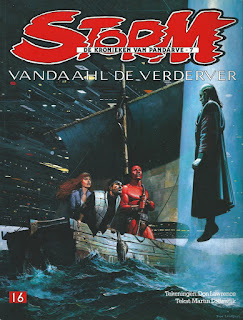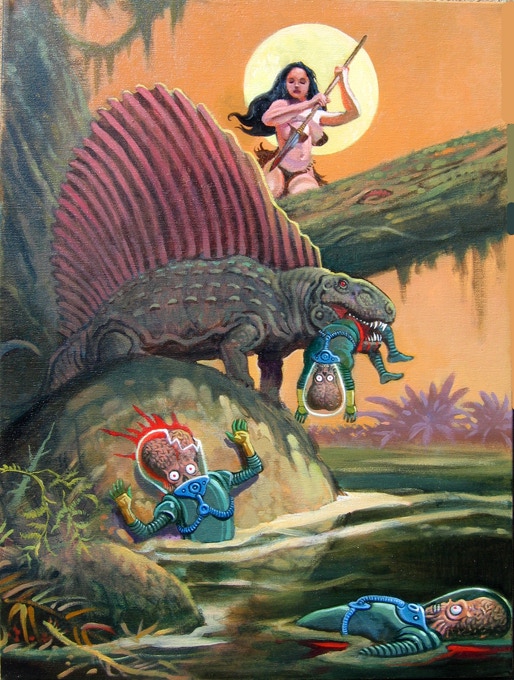Classic Star Wars
From 1981-84, the Star Wars newspaper comic strip was written by Archie Goodwin and drawn by Al Williamson. I am a big fan of Williamson particularly with sci-fi, and these stories, while hardly standouts, are serviceable, and will make you nostalgic for the days before Star Wars became a genre unto itself with an immense backstory.
Peter Cannon: Thunderbolt #1
You know, of course, that Alan Moore had at one point pitched the idea of that would become Watchmen using the characters DC had acquire from Charlton Comics. One of those was Peter Cannon aka Thunderbolt, who was the initial inspiration for Ozymandias. Morrison used the Charlton characters in a way that referenced Watchmen in Multiversity, by DC had lost the rights to Peter Cannon by that time. Enter Dynamite and Kieron Gillen, who (mild spoilers) pits one version of Peter Cannon against another, with the fate of the world at stake.
Martian Manhunter #3
I keep telling you this is good.
10 hours ago























